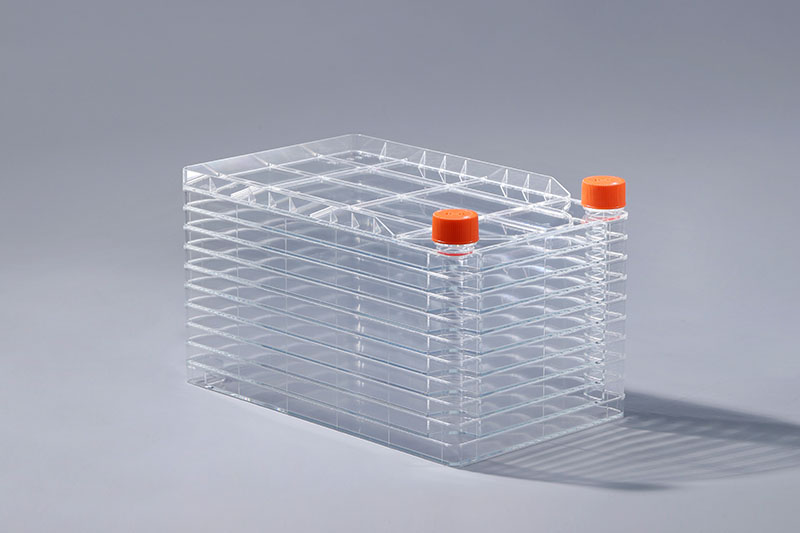In recent years, the global gene therapy industry has developed rapidly and has continuously made breakthroughs. It has become one of the global frontier pharmaceutical fields with considerable development potential. As a cell factory for large-scale cell culture, it plays an important role in the development and production of gene therapy drugs.
Gene therapy refers to the introduction of exogenous normal genes into target cells to correct or compensate for diseases caused by defects and abnormal genes, so as to achieve therapeutic purposes. Driven by market demand, technology, capital and policies, the global gene therapy industry is rapidly heating up, and a large number of gene therapy drug R&D has entered the clinical stage. According to ASGCT data, as of the end of 2020, there were more than 1,300 gene therapy clinical trials under development worldwide; about 25% of them were in clinical phase II-III, and 6% were in clinical phase III. According to Frost & Sullivan's analysis, it is estimated that by 2025, the global gene therapy market will reach nearly 30.54 billion US dollars, and China will reach 17.89 billion yuan, and the future market is worth looking forward to.
In general, genetic material cannot be directly inserted into human cells, and viruses are needed as vectors, such as adenovirus, adeno-associated virus, and lentivirus. Small-scale production for R&D purposes uses adherent cells grown in petri dishes, flasks, and cell factories. When turning to clinical experiments, a large number of lentiviral vectors will be required, and it is particularly important to scale up the production process. At this time, a multi-layered cell factory is required. In terms of ease of operation, 10-layer cell factories are widely used.
According to incomplete statistics, up to now, there are 38 gene therapy drugs that have been approved for marketing in the world. With the in-depth development of the field of gene therapy, cell factories will also play an increasingly important role.
The FAI climbed 5.9 percent year-on-year in the first 11 months of 2018, quickening from the 5.7-percent growth in Jan-Oct, the National Bureau of Statistics (NBS) said Friday in an online statement.
The key indicator of investment, dubbed a major growth driver, hit the bottom in August and has since started to rebound steadily.
In the face of emerging economic challenges home and abroad, China has stepped up efforts to stabilize investment, in particular rolling out measures to motivate private investors and channel funds into infrastructure.
Friday's data showed private investment, accounting for more than 60 percent of the total FAI, expanded by a brisk 8.7 percent.
NBS spokesperson Mao Shengyong said funds into weak economic links registered rapid increases as investment in environmental protection and agriculture jumped 42 percent and 12.5 percent respectively, much faster than the average.
In breakdown, investment in high-tech and equipment manufacturing remained vigorous with 16.1-percent and 11.6-percent increases respectively in the first 11 months. Infrastructure investment gained 3.7 percent, staying flat. Investment in property development rose 9.7 percent, also unchanged.
 English
English



















































